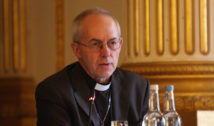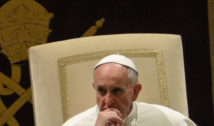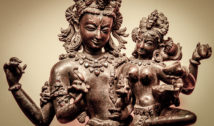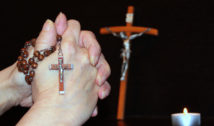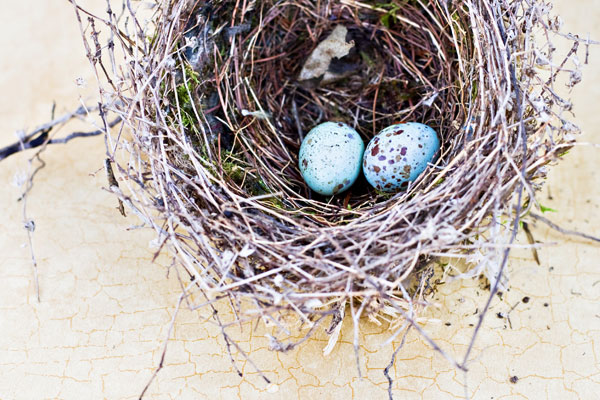
Here’s a look at the Origins of Easter
- By Alison Lesley --
- 03 Apr 2015 --

The Easter holiday is a period when Christians celebrate the resurrection of Jesus Christ.
According to biblical scriptures, Jesus came back to life three days after his death on the cross. It is believed that through the death of Jesus, his burial and resurrection, He ultimately paid the penalty of sin for all of mankind, and that is what Christians celebrate during the Easter period.
The Origin of Easter
The actual origin of the name of the celebration remains a topic of hot debate. While some have tipped the name ‘Easter’ to originate from Eostre – a Germanic goddess of fertility and spring – others have linked the word to ‘hebdomada alba’, a latin term which means white week – a reference to ancient Easter week where people wearing white are baptised during the season.
Different languages have their own terms for Easter. While the Spaniards refer to Easter as Pascua, the French call it Paques. Both words are spin-offs from the Greek and Latin term Pascha or Pasch, meaning Passover.
One Celebration, Different Annual Dates
Easter, unlike other holidays on the almanac, does not have any fixed day in a month where it is celebrated. It is a movable feast that is celebrated anywhere between 22nd of March and April each year.
While Christians in Orthodox churches rely on the Julian calendar to tell when to roll out the drums to celebrate the all important festive period, their counterparts in Western churches invariably usually mark theirs on the first Sunday that follows the full moon after the Vernal equinox that comes on 21st of March. This gives the Western churches a week or two head start in the celebration as against the Orthodox churches.
40 Days of Celebration as Against one Day
As opposed to other typical yearly celebrations which are usually a one-day thing, the Easter celebration is actually an entire season that spans over 40 days.
It’s comprised of the Lent season, which is a 40-day period of fast and observance of reflection and penance. It draws its inspiration from the biblical 40-day period that Jesus fasted in the wilderness, overcoming a string of temptations.
There is also Mardi Gras, commonly known as Fat Tuesday, which comes a day before Lent. It is a day of final feasting and enjoyment before going into the 40-days of Lenten fast. The week that precedes Easter is known as the Holy Week, and it comprises of Holy Days as Maundy Thursday, which marks Jesus’ last super with his disciples, Good Friday, which honours the day of Jesus’ crucifixion, and lastly, the Holy Saturday, which signifies the transition period between Jesus’ crucifixion and resurrection.
Easter, Chocolate Eggs and the Bunny
While the ‘concept’ of Easter is in itself very popular and supported by biblical references, the concept of Bunnies laying and distributing colored eggs which is very intertwined with the Easter celebration is another very popular one that has gotten so many curious as to how it relates with Easter or even came about.
If you have for once ever thought that there are references in the Bible to bunnies, then you are wrong.
The exact origin of the concept of coloured-egg-bearing Bunnies distributing the rare commodity during the period of Easter largely remains a mystery.
One theory that tries to explain the concept is that rabbits are a symbol of the pagan spring festival of Eostre – the goddess from which the name ‘Easter’ is believed to be derived from. The festival is associated with the bunny, as it is known for being energetic and very fertile.
In America, the story of the Easter Bunny delivering eggs has been linked with German immigrants.
According to History.com:
The Easter bunny first arrived in America in the 1700s with German immigrants who settled in Pennsylvania and transported their tradition of an egg-laying hare called “Osterhase” or “Oschter Haws.” Their children made nests in which this creature could lay its colored eggs. Eventually, the custom spread across the U.S. and the fabled rabbit’s Easter morning deliveries expanded to include chocolate and other types of candy and gifts, while decorated baskets replaced nests. Additionally, children often left out carrots for the bunny in case he got hungry from all his hopping.
Apart from bunnies, other types of animals like foxes or cuckoo birds are associated with Easter.








